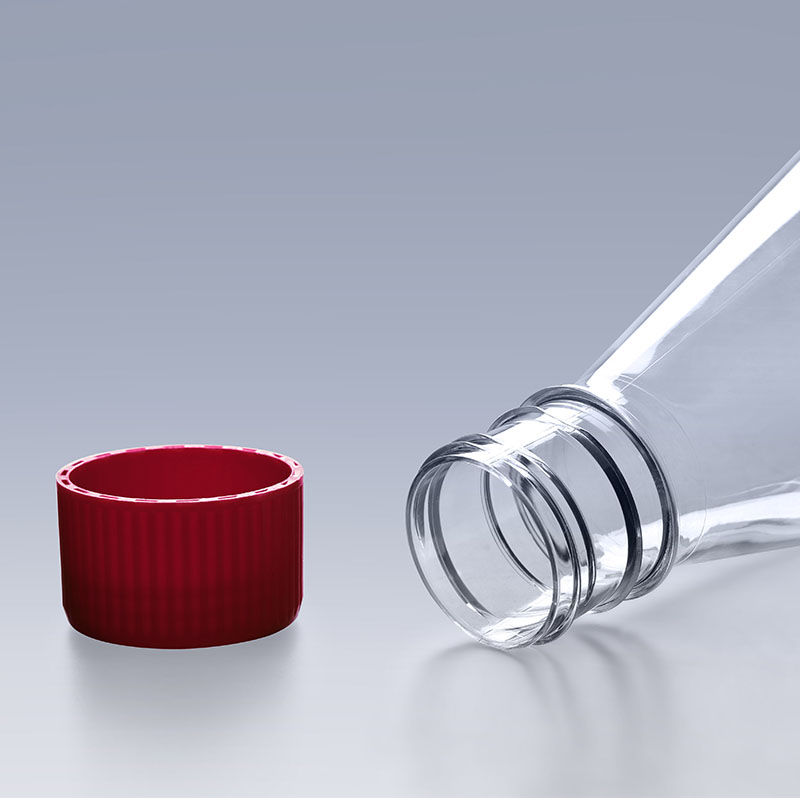Cell shake flasks are crucial tools in biopharmaceuticals and life science research. The success of experiments using these flasks largely depends on their specifications and shaking amplitude settings. This article will explore the specifications, shaking amplitude settings, and their impact on cell culture.
I. Specifications of Cell Shake Flasks
The specifications of cell shake flasks are primarily chosen based on experimental needs and the type of cells being cultured. Common specifications include 125ml, 250ml, 500ml, and 1000ml, which are suitable for small-scale experiments. For large-scale culture, such as seed preparation stages, flasks of 5L or more are typically used, often transitioning into cell bioreactors for further expansion. Choosing the appropriate specification helps better simulate the physiological environment of cells in vivo, promoting cell growth and metabolism.
II. Shaking Amplitude Settings
Shaking amplitude is a critical parameter in cell shake flask culture. The right amplitude ensures adequate mixing of the culture medium and cells, providing suitable oxygen and nutrients, thus promoting cell growth and proliferation. Generally, larger flasks require larger amplitudes, while smaller flasks use relatively smaller amplitudes.
For shake flasks between 2L and 5L, an amplitude of 50mm is commonly chosen.
For flasks ranging from 25ml to 2L, an amplitude of 25mm is usually selected.
For flasks with larger diameters, a 25mm amplitude is recommended.

However, larger amplitudes are not always better. Excessive amplitude can damage cells or increase the shear force in the culture medium. Therefore, the amplitude must be selected reasonably based on the specific cell type and experimental requirements.
III. Interaction Between Flask Specifications and Shaking Amplitude Settings
There is an interaction between the specifications and the shaking amplitude settings of cell shake flasks. Larger flasks may require larger amplitudes to ensure adequate mixing of the culture medium and cells, while smaller flasks might need smaller amplitudes to avoid excessive vibration that could harm the cells. Additionally, different flask specifications may have varying gas exchange efficiencies and cell growth spaces, which also need to be considered in amplitude settings. Therefore, in practical operations, a comprehensive consideration of specific conditions is necessary to select appropriate specifications and amplitude settings.
Conclusion
The specifications and shaking amplitude settings of cell shake flasks are critical factors for the success of cell culture. Correct choices can provide cells with a suitable growth environment, promoting their growth and metabolism. In practical operations, it is essential to consider the cell type, experimental requirements, flask specifications, and amplitude settings comprehensively to ensure the accuracy and reliability of experimental results.
The FAI climbed 5.9 percent year-on-year in the first 11 months of 2018, quickening from the 5.7-percent growth in Jan-Oct, the National Bureau of Statistics (NBS) said Friday in an online statement.
The key indicator of investment, dubbed a major growth driver, hit the bottom in August and has since started to rebound steadily.
In the face of emerging economic challenges home and abroad, China has stepped up efforts to stabilize investment, in particular rolling out measures to motivate private investors and channel funds into infrastructure.
Friday's data showed private investment, accounting for more than 60 percent of the total FAI, expanded by a brisk 8.7 percent.
NBS spokesperson Mao Shengyong said funds into weak economic links registered rapid increases as investment in environmental protection and agriculture jumped 42 percent and 12.5 percent respectively, much faster than the average.
In breakdown, investment in high-tech and equipment manufacturing remained vigorous with 16.1-percent and 11.6-percent increases respectively in the first 11 months. Infrastructure investment gained 3.7 percent, staying flat. Investment in property development rose 9.7 percent, also unchanged.
 English
English


















































